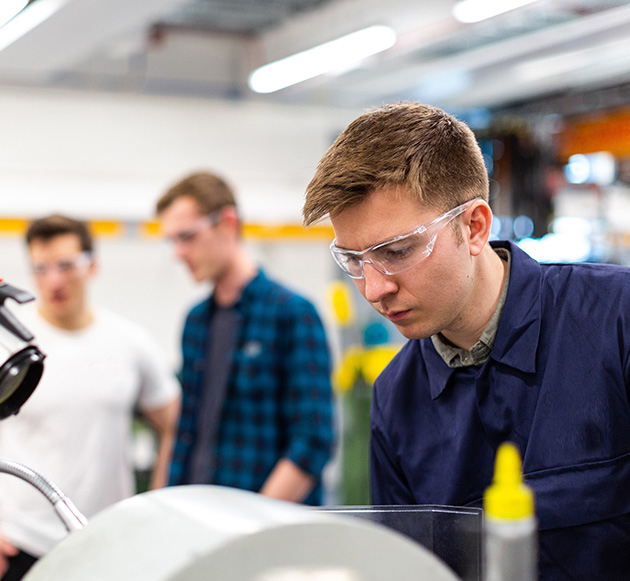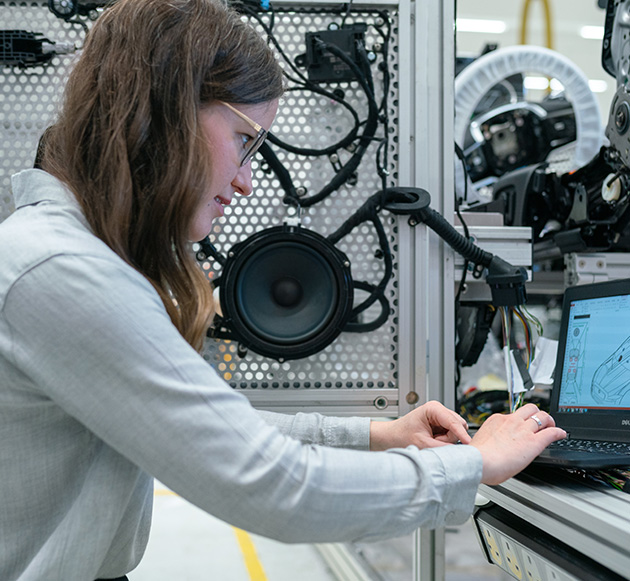Design & development
At Vaupell, we recognize that successful product design and development for manufacturing requires collaboration among various teams, including design, material science, engineering, production, quality control, and management. Our systematic approach has been essential to ensuring product success in the markets we serve. Manufacturing products is a highly complex process that involves several stages with varying considerations. Below are the key steps involved in the design and development process that we utilize:
R&D + R&T:
We conduct thorough market research to identify customer needs, preferences, the competitive landscape, and emerging technologies. Having this comprehensive understanding of the market landscape is essential to ensure that your product will have a viable market.
Conceptual trade studies:
We establish a list of potential product ideas, evaluate and refine them into conceptual designs. This stage involves defining the product’s features, functionalities, and specifications. Assessing the potential benefits, drawbacks, and trade-offs associated with each concept helps to identify the most suitable concept for further development.
Preliminary design studies:
Once we have a list of potential product ideas, evaluate and refine them, we create several conceptual designs. This stage involves defining the product’s features, functionalities, and certain specifications. We then build prototypes of the product to test its functionality, form, and usability. Prototyping allows us to gather feedback and make necessary adjustments before proceeding to full-scale production.


DFM & DTC:
Optimize the product design to ensure it can be efficiently manufactured and assembled. DFM and DFA principles help minimize production costs and streamline the assembly process.
Detailed & critical design R.:
Create detailed designs and engineering specifications/plans for the selected product concept is the next step. This stage involves further defining materials, dimensions, best suited manufacturing processes, and other critical aspects.
Material selection:
It’s critical Material Scientists work on selecting appropriate materials that meet your product requirements.
FEA:
Assessing the feasibility of each product concept allows our engineers and designers to virtually model and analyze the performance of components. This analysis identifies potential challenges and risks associated with the manufacturing process, thereby reducing costs.
Testing & certification:
Vaupell’s quality departments implement custom testing procedures to ensure the product meets all quality standards mitigating risk. The team then conducts thorough testing to identify and rectify any defects or performance issues.
